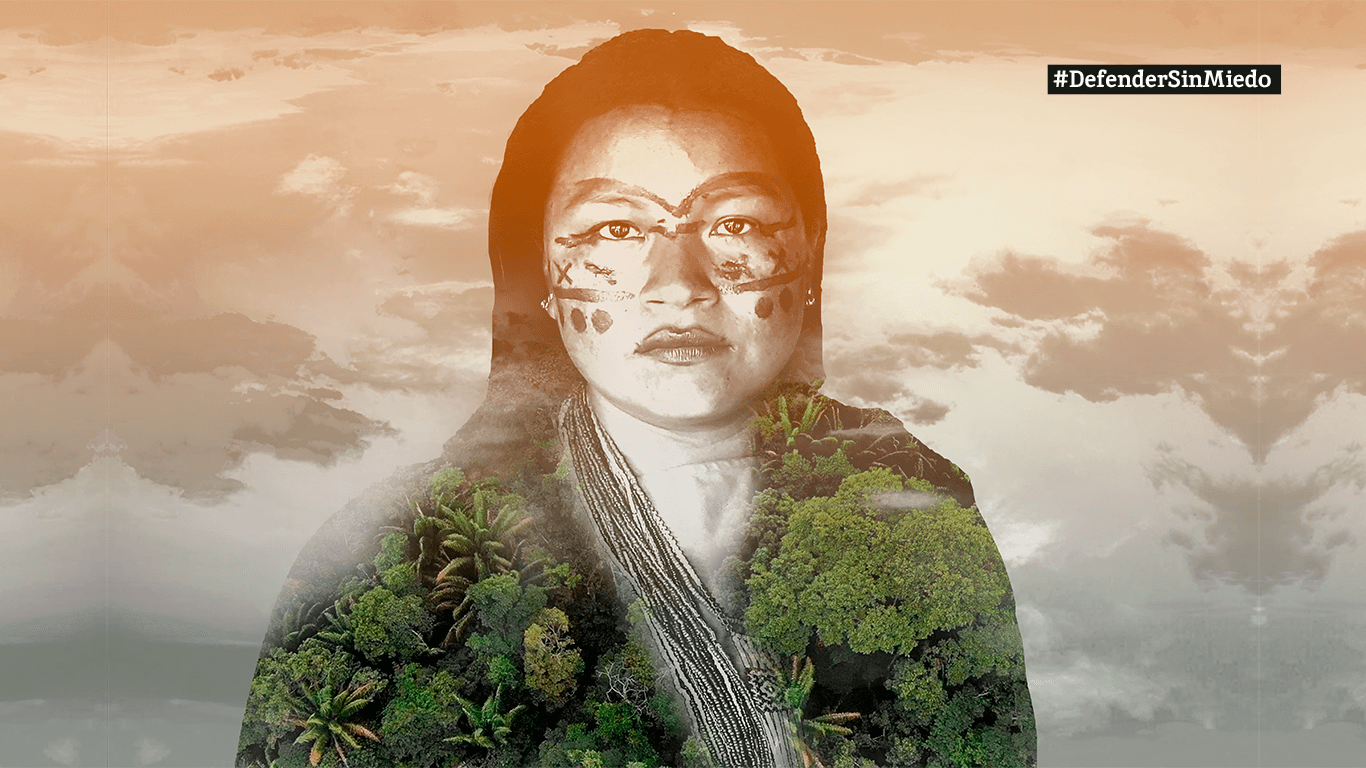Defending the jungles, mountains, forests and rivers of Latin America has never been this dangerous.
Six of the ten most hostile countries for leaders and communities defending the environment and their ancestral lands are located in Latin America, according to UN Special Rapporteur Michel Forst’s 2016 report to United Nations.
This is why 30 journalists, developers and photo/videographers from seven countries (Bolivia, Brazil, Colombia, Ecuador, Guatemala, Mexico and Peru) teamed up to document to report and write on episodes of violence against environmental leaders and their communities. Five of these countries are sadly part of this shameful ranking.
The result of this special investigative project we worked on for the past five months is 16 in-depth stories (that you can read scrolling through our sidebar) and a database compiling 1,357 attacks spanning one decade (2009-2018).
Even though we do not aspire to have a complete picture of the attacks that took place during this time period, our database -nurtured by a wealth of sources, including state institutions, press archives, social organizations and on-the-ground reporting- shows a devastating scenario.
Our investigation shows 1180 attacks and damages against men and women and 177 against communities or organizations who defend the environment or ethnic territories. 81,6% of them happened targeted men, perhaps reflecting that they have traditionally held leadership positions more often. However, we did document 216 attacks on women – including those you can read about in our stories about Saweto in Peru or Patricia Gualinga in Ecuador.
From killings and direct attacks to legal harassment and forced displacement, these communities have paid a high price for defending their rights to a healthy environment and protecting the strategic ecosystems within their lands.
The target of a very alarming 56% of these episodes of violence (a total 761 cases) hail from ethnic minorities, proving that indigenous and Afro-descendant lands are especially vulnerable to these criminal interests.
In fact, nince of our stories document attacks against indigenous communities seeking to safeguard their ancestral lands – the Raramuri and Odami in Mexico, the Shuar and Kichwa in Ecuador, the Zenu and Nutabe in Colombia, the Karipuna and Uru-Eu-Wau-Wau in Brazil, the Moxeño Trinitario and Torewa in Bolivia or the Ashaninka and Tikuna in Peru. One additional story recounts similar efforts by descendants of African slaves in Colombia’s Pacific coast.
We also found that a significant percentage of attacks have happened in the vast rainforest areas that are home to the natural wealth that make Latin America the most biodiverse region in the world.
Exactly half of our stories investigate violence against leaders, communities and park rangers in the Amazon basin, who have tackled all sorts of legal and illegal interests – from oil drilling, copper mining, port facilities, hydroelectric projects and roads to drug trafficking, illegal logging and land grabbing.
The most difficult information to establish was the legal status of these cases. We only found serious information about rulings (either convictions or acquittals) for 50 cases (or 3,68% of them), evidence that the administration of justice is sorely lacking in most attacks against environmental leaders. In the majority of these cases these rulings were against material or direct authors, not the masterminds behind them.
Equally alarming was finding information suggesting that, at least in 546 cases (or 40,23% of the total), there were complaints filed by victims and their communities before authorities, from national institutions to international organizations such as the Inter-American Human Rights Commission and Court.
Even though ours is by no means a scientific effort but a journalistic inquiry, the two years in which we found the largest number of episodes of violence were 2017 (with 14.8% of the cases) and 2016 (with 12.6% of them), underlining the seriousness of the situation today.
These defenders protect the land that imbues them with life, but also the mountains that provide us with water in the cities and the forests that bring us clean air. They are being threatened and murdered. Each of them is more than a number. These are their stories of life, of struggle, of resistance.





